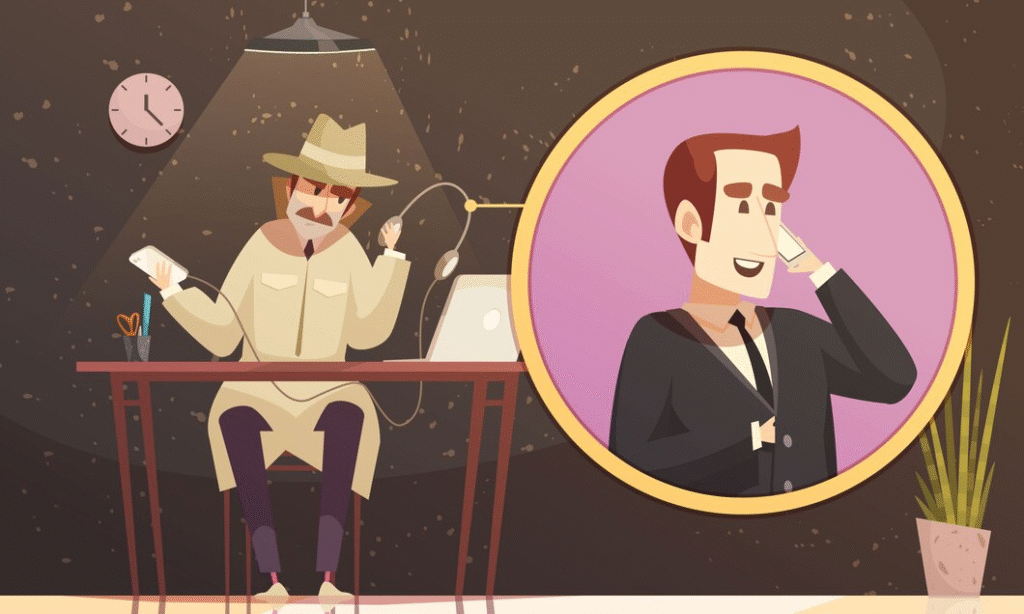
In the net is where the whole story begins. When someone disappears, and strange things start to happen, everything gets tangled — just like being caught in a net. This blog post will take you through a mystery that feels real, almost like it could happen in your own town. It’s about a man, a small town, and how things change fast when people jump to conclusions. Imagine being blamed for something you didn’t do, and the only ones who believe you are the kids. That’s the kind of story we’re diving into.
In the net is not just a phrase. It means feeling stuck, confused, and not knowing who to trust. When people gossip, when fear takes over, and when small towns turn cold, the truth hides. This story reminds us to look deeper, to be kind, and to listen before we judge. We’ll explore what makes people point fingers, how art and emotion connect, and why even quiet people can hold big secrets. We’ll also learn why kids can sometimes see more clearly than adults. If you like stories with mystery, heart, and lessons that stick, this post is for you.
What Does “In the Net” Really Mean
In the net can mean more than being caught in fishing ropes. It can also mean feeling trapped in life, in lies, or in other people’s words. In this story, it means being stuck in a situation that feels unfair. The man in the net didn’t ask to be there, but people’s thoughts and fear pulled him in. Sometimes we get caught in other people’s problems, even if we did nothing wrong. The net is not always made of rope — it can be made of emotions, gossip, or even silence. When you are in the net, it’s hard to escape unless someone helps or the truth finally comes out.
Caught in the Net: When Small Towns Turn Against You

Small towns can be warm and friendly, but they can also change quickly. In the net of small-town talk, even someone quiet and kind can become the enemy. In this story, the man lives in a town where everyone knows each other. But once his wife disappears, the town changes. People point fingers, throw stones, and believe rumors. In the net of fear and guessing, no one wants to wait for the truth. It shows how fast people can turn on someone they once liked. When a town stops trusting, even the safest place feels scary. Being caught in the net here means being judged before being heard, and that can hurt the most.
In the Net of Gossip, Fear, and False Blame
Gossip spreads like fire, and fear makes it worse. In the net of lies and blame, even the truth has a hard time being seen. In the story, people talk more than they listen. They decide the man must be guilty without proof. This happens in real life too. When we hear stories, we sometimes believe them too fast. Gossip can trap someone, like a fish in a net, unable to swim free. Fear adds weight to the net, making it tighter. When people are scared, they sometimes choose to believe the worst. That’s how someone gets stuck in the net — not because of what they did, but because of what others said.
How a Mystery in the Net Unfolds Like Real Life
Some mysteries in movies feel fake, but this one feels real. In the net of missing clues, secrets, and mixed-up facts, the story slowly unfolds. It’s like pulling a net from deep water — you don’t know what’s inside until it’s out. The man doesn’t run because he’s guilty, he runs because no one will listen. In life, people run too — from pain, from lies, or from being misunderstood. The story shows how slow truth can be, and how easy it is to believe the wrong thing. In the net, there are twists and surprises, just like in life. The truth is there, but you have to look closely and patiently to find it.
Kids in the Net: Why Children Sometimes Know Best
In the net of this story, the kids are the only ones who see clearly. While adults believe lies and act in fear, the children stay kind. They don’t see the man as bad. They see a friend, someone who drew pictures of them, someone they trust. Kids don’t get pulled into gossip as quickly. Their hearts are softer, and their eyes are more open. That’s why they help the man hide, and that’s why they become a big part of solving the mystery. In the net, the kids are like small lights in a dark place. They remind us to listen with kindness and look at people with care before making choices.
The Art of Truth: How Drawing Helped Solve a Mystery

The man in the net is an artist. He draws pictures, and through those pictures, he finds comfort and sometimes answers. Art can be a quiet way of telling the truth. In this story, his drawings help him stay calm and remember what matters. The kids he draws become his helpers. The pictures become proof that he cares and that he sees the world in a gentle way. In the net of trouble and sadness, art is his voice. When others shout or lie, his pencil quietly tells his side. This part of the story reminds us that even simple things, like art, can bring truth forward and help people understand what’s real.
In the Net of Emotions: Love, Lies, and Loss
Feelings can be a strong net too. In this story, love turns to hurt, truth turns to lies, and a happy home turns cold. The man loves his wife, but she is not well. She drinks, lies, and wants to leave. He tries to help, but things get worse. When she vanishes, emotions rise — anger, sadness, and fear. In the net of these feelings, it’s hard to think clearly. That’s how mistakes happen and blame gets placed. The story shows that sometimes people hurt the ones they love, and sometimes they lie because they’re lost inside. Being in the net of emotions is messy, but it’s also real. It helps us understand how pain changes people.
Why We All Could Be ‘In the Net’ One Day
The story shows something we don’t like to think about: anyone can end up in the net. Maybe not because of crime, but because of misunderstandings, lies, or bad timing. In the net is where you feel stuck, and others don’t believe you. This can happen at school, work, or home. People can get trapped by rumors, false stories, or even just being quiet when they should speak. The man in this story didn’t expect his life to change so fast — but it did. We learn that life can twist quickly. So we must stay kind, check the facts, and help people who might be caught in a net they don’t deserve.
Finding Hope and Justice in the Net
Even in the net, hope can shine through. When the man is hiding, he finds hope in the kids. He remembers who he is. He keeps going, even when things are unfair. That’s powerful. In life, people can feel stuck in hard times — but there’s always a way out, even if it’s slow. Justice takes time, but it comes when truth finds a voice. In this story, justice is not loud. It comes from quiet thinking, from small clues, and from people who don’t give up. Being in the net doesn’t mean it’s the end. It means it’s time to stay strong, look for help, and believe the truth will rise.
Lessons From the Net: What This Story Teaches About Trust

Trust is the biggest lesson in this story. In the net, trust is broken fast and built back slowly. People stop trusting the man, even with no real proof. But the kids trust him because they know his heart. This teaches us to look deeper, not just believe what we hear. Trust takes time, and once it’s broken, it’s hard to fix. But it’s not impossible. This story shows that even when things go wrong, the truth has power. In the net, you learn who your real friends are. You learn who will stand by you, and who will leave. That’s a lesson we can all take with us.
Conclusion
This story about being in the net shows us that life can be tricky sometimes. People can say mean things, even when they don’t know the full truth. But if we stay kind and look closely, we can help others feel safe again. Just like the kids in the story, we can choose to trust and help instead of judge too fast.
Everyone can feel stuck sometimes — at school, at home, or with friends. But like the man in the story, we can find our way out. We just need to be brave, honest, and kind. And maybe, we can help someone else who feels trapped in the net, too.
FAQs
Q: What does “in the net” mean in this blog?
A: It means feeling trapped or stuck in a bad situation, like when people don’t believe you or blame you.
Q: Is the story real or made up?
A: The story comes from a movie, but it feels very real and has lessons we can use in life.
Q: Why do the kids help the man?
A: Because they trust him and see that he is kind. They don’t believe the gossip.
Q: What is the big message of this story?
A: To not judge too fast and to always look for the truth before blaming someone.
Q: Can this happen in real life?
A: Yes, people can be blamed wrongly in real life too. That’s why kindness and truth are so important.




